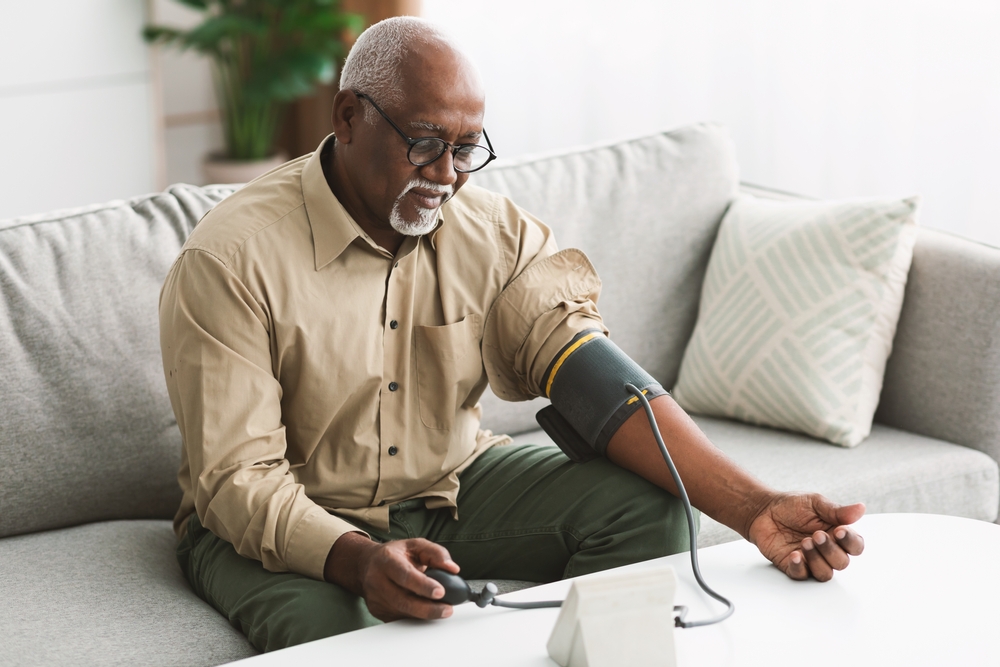Bell’s Palsy vs Stroke: What’s the Difference?
Category:

While both a stroke and bell’s palsy can begin in the brain, the two conditions are actually quite different. This can result in confusion among patients. Is bell’s palsy a stroke? Can bell’s palsy lead to a stroke? In this post, we will discuss what you need to know about bell’s palsy vs stroke.
Difference Between Bell’s Palsy and Stroke
Stroke vs bell’s palsy can be difficult to determine since both symptoms can be quite similar, but they are quite different. The biggest difference between the two is that bell’s palsy is temporary while a stroke is a medical emergency where prompt treatment is crucial. Bell’s palsy, which can resolve itself between two weeks and six months, is a temporary paralysis of the facial muscles, causing drooping on one side of the face. The condition is linked to facial nerve damage while a stroke is caused by a blood clot that prevents blood flow to the brain or by a ruptured blood vessel in the brain.
Causes of Bell’s Palsy vs Stroke
While we reviewed general features about what causes bell’s palsy vs stroke, there are also specific triggers for each condition. Below, we will review the symptoms of both bell’s palsy and stroke.
Causes of Bell’s Palsy
-
Cytomegalovirus infections
-
Shingles and chickenpox
-
Cold sores and genital herpes
-
Flu
-
German measles
-
Infectious mononucleosis
-
Mumps
-
Respiratory illnesses
Causes of Stroke
-
Diabetes
-
Heart disease
-
High blood pressure
-
High cholesterol
-
Sickle Cell Disease
-
Previous stroke or transient ischemic attack
Symptoms of Bell’s Palsy vs Stroke
Determining whether one has suffered from bell’s palsy or stroke can be difficult to determine.
Below, we will review the common signs of bell’s palsy vs stroke.
Symptoms of Bell’s Palsy
-
Drooling
-
Headache
-
Hyperacusis, or extreme sensitivity to sound in the affected ear
-
Loss of feeling in your face
-
Loss of taste on the first two-thirds of the tongue
-
Tearing
-
Trouble blinking or smiling
-
Difficulty closing the eye on the affected side of the face
Symptoms of Stroke
-
Slurred speech
-
Sudden difficulty seeing out of one or both eyes
-
Sudden dizziness and trouble with walking and balance
-
Sudden severe headache
-
Trouble comprehending and understanding speech
-
Weakness or numbness in your face, arms, or legs, especially on one side of the body
Treatment for Bell’s Palsy vs Stroke
Below are a few ways one can treat bell’s palsy and stroke.
Treatment for Bell’s Palsy
-
Treating the direct cause of the condition, such as infection (speak to your doctor about the best course of action
-
Protect the eye from drying at night or while working at the computer (i.e. eye drops, eye ointments, moisture chambers)
-
Antiviral medicine
-
Analgesics or moist heat for pain relief
-
Physical therapy
-
Steroids
Treatment for Stroke
Treating a stroke is more complicated because it depends on the type of stroke one has experienced. An ischemic stroke can be treated with a medicine called a thrombolytic to break up blood clots if the patient gets to the hospital at least three hours after experiencing it. In other cases, surgery may be a necessity for survival. After treatment, it is necessary to treat the stroke’s underlying cause since one in four stroke survivors has another stroke within five years. Speak to your doctor about the best course of action.
Subscribe
Date: 2022-10-04
Category:


